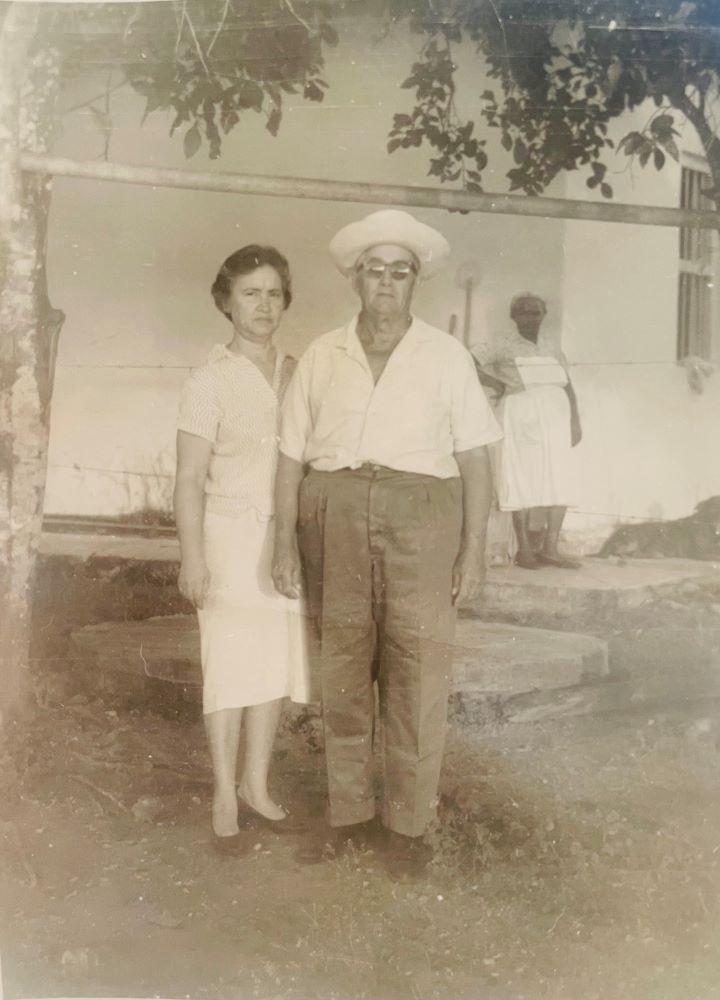In 1959, the most illiterate province in Cuba was not the most associated with foreign investors’ economic control or massive sugar plantations: it was Pinar del Rio, tobacco production’s legendary ground zero, where the belief that slavery and anti-Black racism has played little or no role in the region’s economic and social development continues to predominate. My own first reactions when I first visited its small rural towns and countryside reflected the resilience of such myths in my own family. Despite my father’s emotional and admiring stories about his family’s domestic servant, Ñica, he called her—every time she came up—not Ñica, but La Negra Ñica. As a very small child in my all-white world of Kansas, I once asked my mother if her first name was “Negra”. Her reaction—to silence me—was not unlike that of my Uncle Tiki, who recoiled in horror on my first visit to his house in the fall of 1996 and asked if she was still alive. No se dice eso aquí, nunca de Ñica o de nadie, he said. Deeply ashamed at the sudden realization of what I said and why it mattered, I remember trying to justify the epithet by explaining that my father had always called her that. Tiki replied, smiling, that this was surely evidence of what “everyone” he knew had commented for years: that my father had changed, that he stopped writing everyone as of 1974 without cause, that he “forgot about us” because he had simply gone totally loco. Yet Tío Tiki did not know what Ñica’s last name was and, to my surprise, he said he had never asked. Today while some might wonder why, it is clear to me that if Ñica had been white, her last name would have survived indelibly in our minds. Photograph by Silvia Suárez del Villar y Suárez del Villar, Marcos Vásquez, Pinar del Río, 1965.
